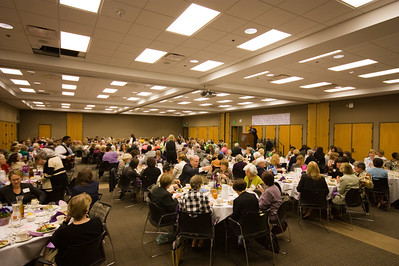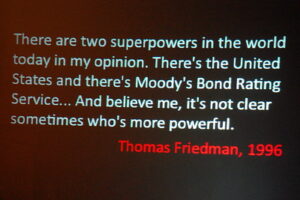A recent survey of high school students showed that more than half (54%) worry about the cost of college. Junior Achievement USA and Citizens Bank commissioned the survey. Of the 1,000 respondents, 70% said that the cost of college had changed their post-secondary plans.
The cost of college isn’t trivial. Right now, Americans owe more than $1.75T in student loan debt. The average borrower takes 17 years to repay their student loans. You might think that community college students have it easier; the cost of a two-year school is much lower than the cost of a four-year university.
The cost of college is not only changing plans; it’s also causing students to drop out. A survey conducted by the University Professional and Continuing Education Association found that more than half of students who stop attending classes do so for financial reasons (42%) or job loss (11%).
Dropping out of college is not simply an event that occurs in a person’s life. Sallie Mae’s recent research shows that people who complete college degree programs most likely have parents who also completed college degrees. The corollary is also true: when people do not attend or do not complete college, their children are less likely to complete college, too.
And the students least likely to complete post-secondary programs are found at community colleges. If the survey data are believable, three of the five top reasons students fail to graduate involve money.
A decade late, $10.3M short
So, it’s problematic when our community college administration and our elected community college trustees pass the cost of unnecessary campus construction on to students. It’s equally frustrating when the community college administration delays the cost of a capital refresh on a building for more than a decade. (The result of that is a more than four-fold increase in the cost of the building repair.) Worse, the administration and the trustees then congratulate themselves for actually completing the project – 15 years late and $10.3 million over the initial estimate.
WCC paid for the Morris Lawrence capital refresh using property tax money from Washtenaw County residents exclusively. The building – because of its function – does not qualify for state funding. The extra $10.3M was necessary because the administration delayed work on the building. Every year of delay raised the cost of the work by nearly $1M.
The property tax money Washtenaw County residents provide is intended for WCC operations. The voters intended those funds to benefit students directly by funding academic programs and services. Instead, the money was hijacked to pay for an events building that offers virtually nothing to most WCC students.
Property tax misuse increases the cost of college
The transfer of the $10.3M from operations to capital expense is precisely why the trustees approved a $5 fee increase this year. Take the money the taxpayers provided and spend it on something unrelated to operations, then make the students pay for the campus operations through a new fee increase.
Simply put, when the cost of college goes up, the enrollment goes down.
The refusal by the Board of Trustees to fund capital projects on campus through tax-backed bonds plays a role in declining enrollment and generational poverty among students who cannot afford a 5% increase in the cost of attendance.
When the enrollment drops (as it historically does when per-credit costs increase by more than $4 per credit) that number represents the students who cannot afford to continue studying at WCC. It represents the students who will not return to college. It also lessens the chance that their children will graduate from college.
Is stealing operational dollars to fund capital projects worth that?
Photo Credit: Washtenaw Community College, via Flickr






























